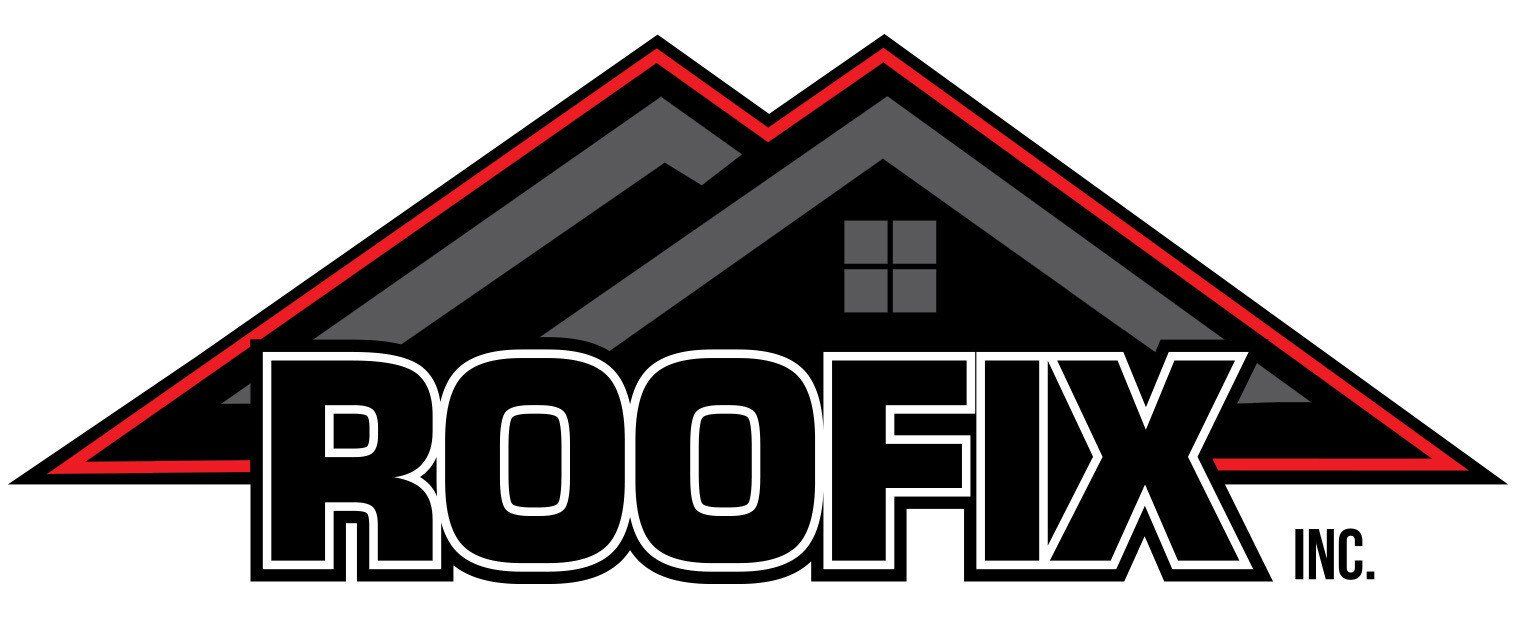How Seasonal Weather Affects Your Roof in San Diego
San Diego’s weather is known for its sunshine and mild temperatures, but that doesn’t mean your roof is off the hook. The region’s unique blend of dry summers, salty coastal air, and occasional winter rain can quietly wear down roofing materials over time. Understanding how each season affects your roof, and what you can do to maintain it, can help you extend its life, prevent costly repairs, and protect your home year-round.
Summer: Heat and Sun Exposure
San Diego summers are dry, sunny, and often accompanied by high UV levels. While the temperatures may not spike as dramatically as in inland deserts, the prolonged exposure to sunlight can still degrade roofing materials over time.
How it affects your roof:
- Asphalt shingles may dry out, crack, or curl.
- Roofing membranes can blister under intense heat.
- Metal components (flashing, vents) may expand and contract, loosening seams or fasteners.
Summer maintenance tips:
- Have your roof inspected for signs of heat-related wear, such as brittle or curled shingles.
- Clean debris off the roof and gutters to prevent fire hazards during dry spells.
Fall: Coastal Air and Moisture
Even when the rain holds off, San Diego’s fall months can bring fog and heavy morning dew, especially near the coast. Salt-laden air and moisture may not cause immediate problems, but they slowly contribute to long-term roof deterioration.
How it affects your roof:
- Coastal salt can corrode metal flashing and fasteners.
- Moisture can seep into small cracks or under poorly sealed shingles, especially when combined with condensation.
Fall maintenance tips:
- Inspect metal components for signs of rust or corrosion.
- Trim back any overhanging branches that can trap moisture or drop debris.
- Schedule a professional inspection to check for minor issues before the rainy season begins.
Winter: Rain and Storm Runoff
Though winters in San Diego are typically mild, they often bring periods of steady rain. If your roof isn’t properly maintained, even a few storms can cause severe water damage.
How it affects your roof:
- Small leaks or worn flashing can let water seep into the attic or behind walls.
- Clogged gutters can lead to water pooling at the roofline, damaging fascia boards or causing rot.
- Ponding water on flat roofs increases the risk of leaks and structural damage.
Winter maintenance tips:
- Clean out gutters and downspouts to ensure proper drainage.
- Inspect the roof after each major storm for signs of pooling, leaks, or missing shingles.
- Repair or replace damaged flashing and reseal vulnerable areas around chimneys, skylights, and vents.
Spring: Time for Repairs and Prevention
Spring is the ideal time to assess any damage from the winter months and prepare for the dry season ahead. It’s also a good opportunity to take proactive steps to help your roof improve through the next cycle.
Spring maintenance tips:
- Schedule a comprehensive roof inspection to identify any wear and tear.
- Replace damaged or missing shingles before summer heat makes repairs more difficult.
- Check attic ventilation to prevent heat buildup and moisture retention during the coming summer months.
Final Thoughts
While San Diego doesn’t experience extreme weather like snowstorms or hurricanes, the combination of sun, salt, and rain can still take a toll on your roof. By understanding how each season affects your roof and performing regular maintenance, you can protect your home, avoid surprise repairs, and extend the life of your roofing system.
If you’re unsure about the condition of your roof or need help with seasonal maintenance, the team at
Roofix Inc is here to help. We offer professional inspections, routine upkeep, and expert repairs tailored to San Diego’s unique climate. Contact us today to schedule your seasonal roof checkup.

